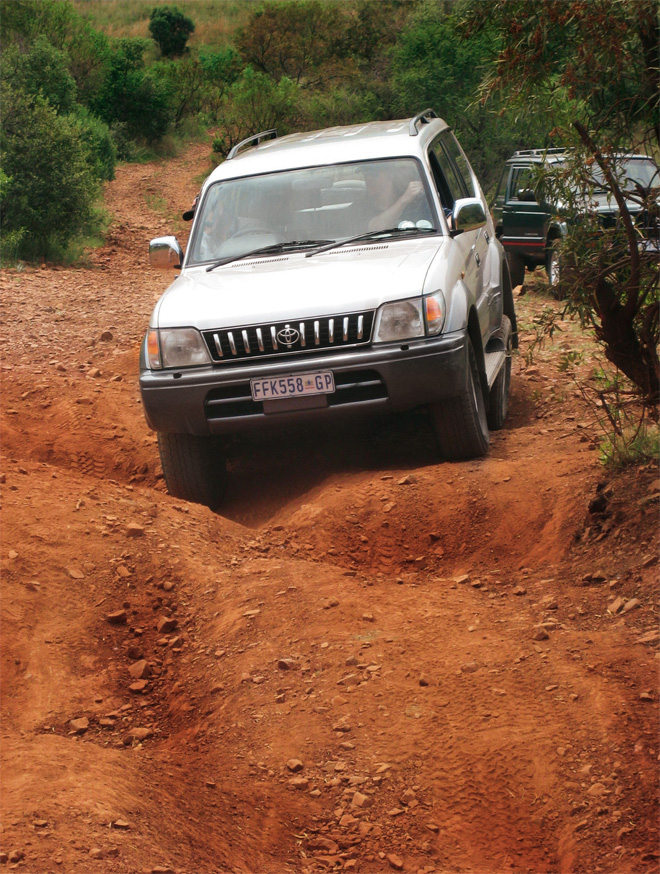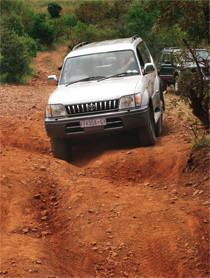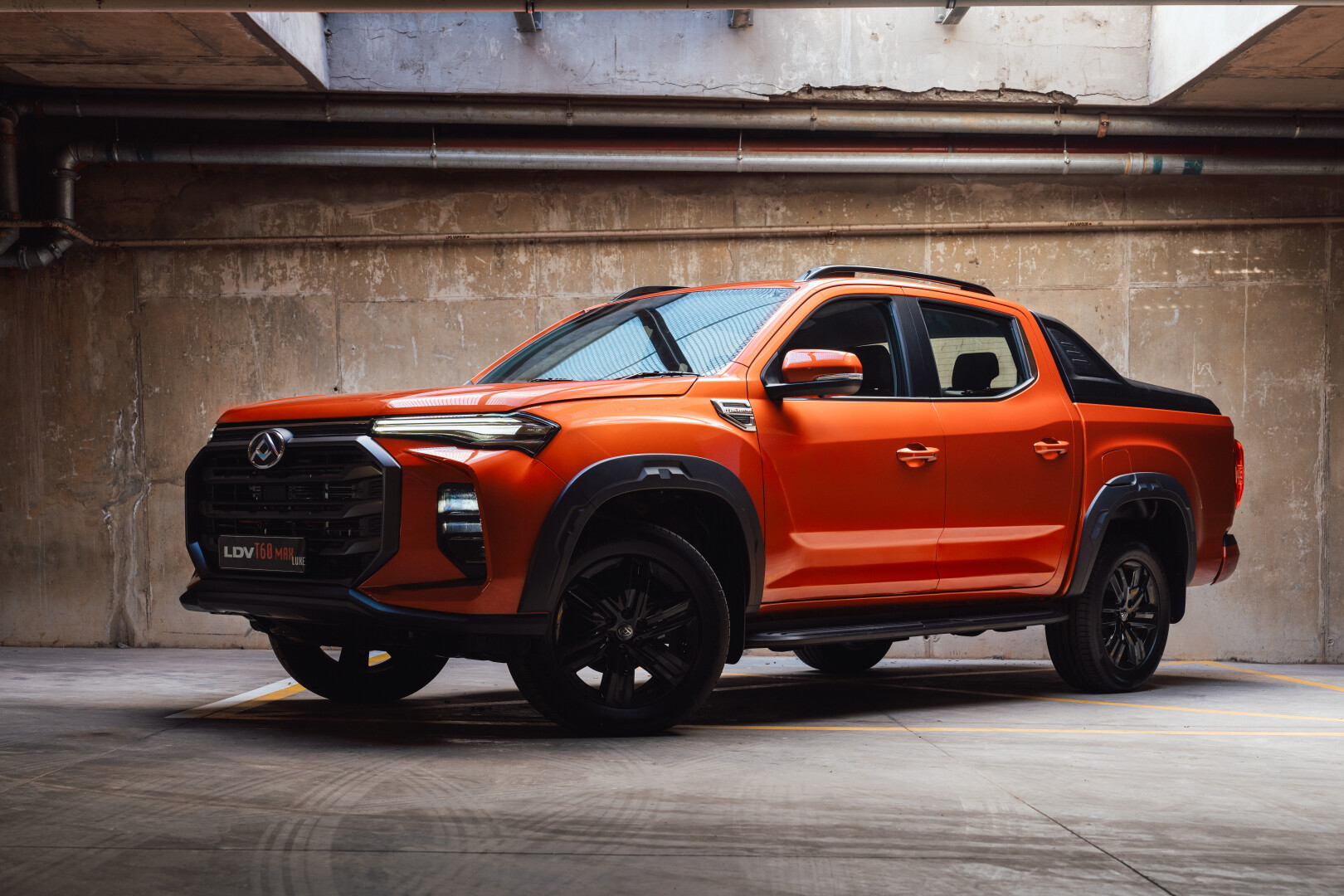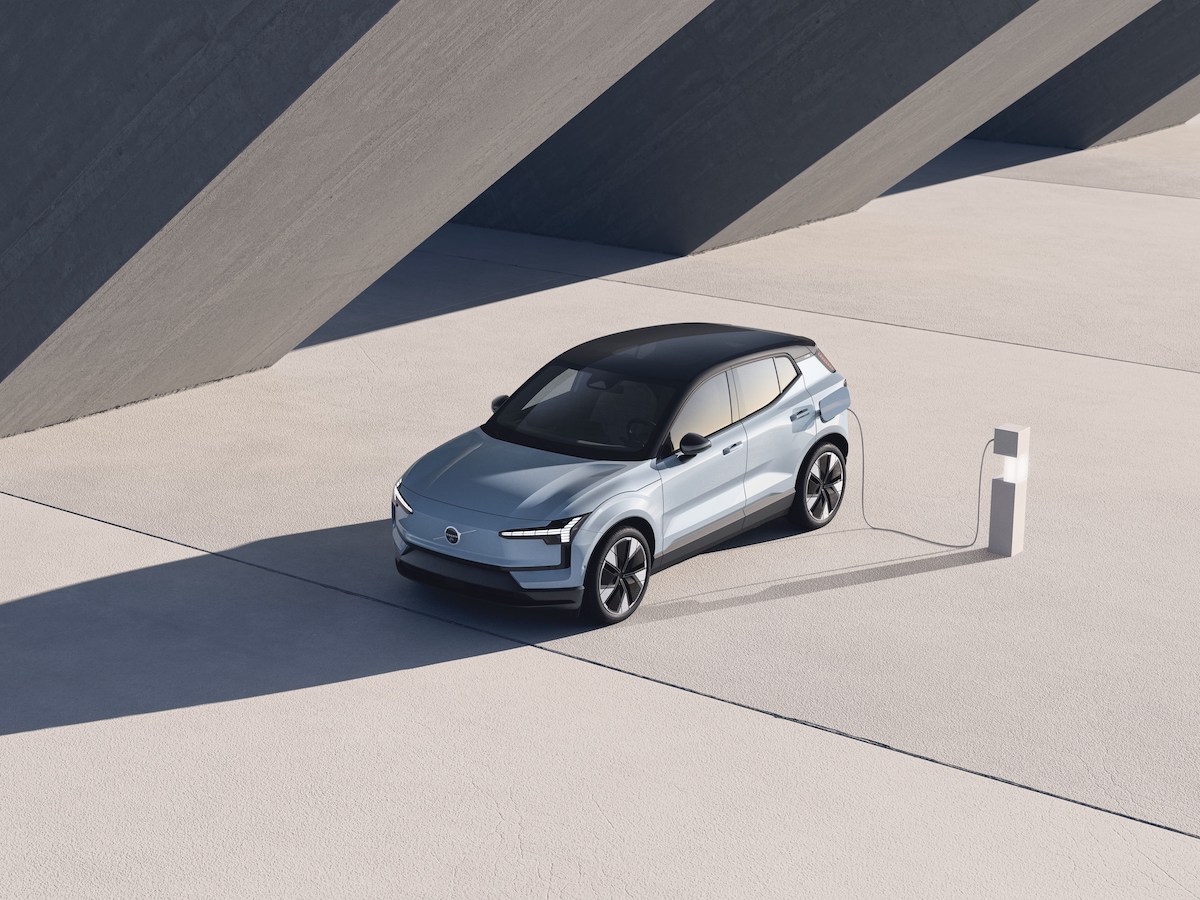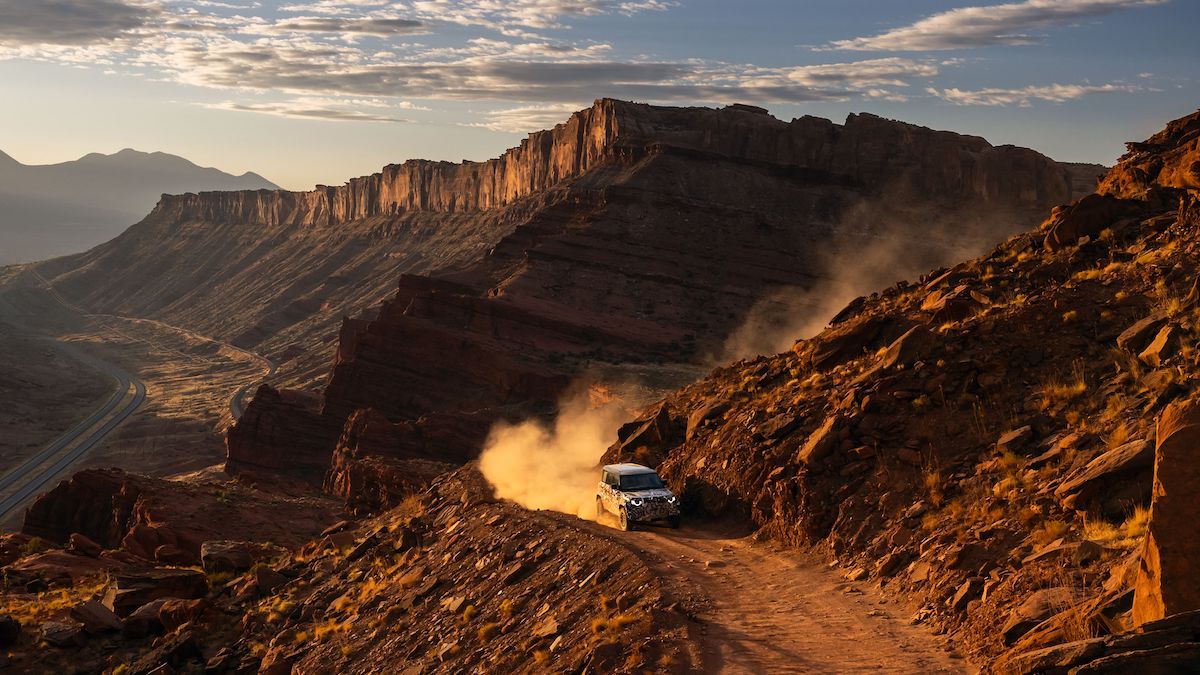In my search for a reliable, second hand, well-maintained, inexpensive 4×4 with excellent on-road comfort but good off-road capability (yes, I know that this is an impossible task), I test-drove and researched many different options.
The more I read, the more I researched and the more opinions I sought out, the more I felt like Jeremy Clarkson at a Greenpeace Conference: CONFUSED.
Bear in mind that no matter what you think you should buy or what you did end up buying, an “expert” in the field will always highlight the one fault that your new vehicle may have. The expert will drop his head, scratch his chin wisely, become misty-eyed and then, with great relish, tell you that your car has a propensity to blow up if you happen to drive it on dusty roads for more than an hour.
The best advice I received? Stop reading, guessing and prophesying and start test driving:
The Mitsubishi Pajero Diesel LWB I tested drove felt responsive and powerful. It seemed that it would be comfortable on road and more than capable off-road. However, I could not escape the feeling that someone had fired up a two-stroke lawnmower in the cabin every time that I pressed the accelerator. It chugged away noisily and was too expensive for the high mileage that my price range dictated.
The Mitsubishi Pajero Diesel SWB rocketed off the line and its on-road performance felt assured and confident. Like its LWB bigger brother, it also seemed to be on the noisy side but it really seemed like a good, competitively priced option.
It was only when I attempted to place my girlfriend’s handbag in the boot that the vehicle’s most frustrating shortcoming was highlighted: there is no boot. In fact, there are also no rear doors, and while this may be acceptable for a sexy sports car, it seemed to miss the point for a 4×4.
The big petrol Jeep Grand Cherokee’s cabin was certainly the most comfortable fit for me at my freakishly tall six foot five. However, when accelerating rapidly there was a whirlwind-like sound and the skies darkened.
The next instant, an incredibly strong vacuum was created that literally sucked the spare cash from my wallet, out the window and into the gaping fuel tank. It was then that I decided that it would be too expensive for me to run the Jeep and enjoy it at the same time.
A romantic notion of mine was to own a battered, character-filled Land Rover Discovery Series I or II, or a Defender. The idea would be to tinker with the vehicle in the evening and use it on weekends in the African sunshine, living happily ever after.
There are three issues with regard to this: One, I felt that Land Rovers are simply not built for long-limbed people. Sitting in the Disco for long trips would be great – if you are in favour of your kneecaps repeatedly banging against the side of your head for hundreds of kilometres.
Two, I do not really have the knowledge or the tools to “tinker” on anything mechanical. In fact, one of the more serious mechanical endeavours I have ever attempted was to change the tyres on my car. Although this was a successful venture, it probably will not have prepared me for the mechanical challenges that await me should I choose to purchase a ten-year-old Land Rover.
And three, in order to own one of these vehicles, you have to drive them with your muscled, tanned right arm hanging partially out of the driver’s window. My arm is white, spindly and would have to be covered in large amounts of sun cream during the day. It kind of detracts from the macho Land Rover image.
A Toyota Fortuner offered many, many advantages but the price and the fact that many of the vehicles are still fairly new, making them still relatively expensive, were deciding factors against it. I was also not willing to compromise by settling for the 4×2 version with a diff lock.
The experts told me that they are simply not as proficient off-road as the full 4×4 option. In addition to that, is the story that every non-Toyota owner loves to tell you: The one about the Fortuner that “keeps landing on its roof when driven on gravel roads”.
This seems to be a rather pesky criticism of a good car. In fact, if you are looking for an exciting weekend, I can think of few better ways than to spend it sitting on the roof inside an upside down Fortuner, but to each his own.
At this point, I feel it necessary to offer a word of warning: Under no circumstances, should you ever, ever, ever ask a Land Rover driver or a Land Cruiser driver which vehicle is “better”. Should you make this rookie error, make sure that you have a lot of time to spare and that you don’t mind a frothing individual lecturing you for a few hours. A better idea is to find both models’ owners and lock them in a room with a hi-lift jack and see what happens…
The purpose of this article is not to list various vehicles’ inefficiencies and poke fun at them – every vehicle has some form of deficiency. The point is to highlight the fact that every person will have very unique views and requirements for a vehicle that will be in complete contrast to the views of other vehicle owners.
When buying a 4×4, try to leave other people’s opinions out of the equation and crystallise in your own mind exactly what you want the vehicle for and what you intend to use it for.
If you are planning to take on the biggest and baddest mountain passes in southern Africa, a 4×4 with low range and high clearance is non- negotiable. Don’t forget that no matter how proficient a 4×2 with a diff lock is, it is not a match for the full 4×4 option.
If you are not mechanically inclined, but love the thought of the freedom that a 4×4 can offer you, reliability and serviceability are non-negotiable.
Understand that no two vehicles are alike and that you may need to alter certain expectations in order to fit in with your potential vehicle choice.
My 4×4 was bought after owning a 1,9-litre 96-kW Polo Diesel Turbo. Swapping neck-snapping acceleration and unwanted torque steer for unwanted neck-snapping body roll was something that I had to accept.
My choice? A 1998 Toyota Land Cruiser Prado 90 Series 3.4 V6 Automatic. It had 120 000 on the clock and was in stunning condition. And she was serviced every 10 000 for her whole life.
So, by all means, research different potential vehicles thoroughly and try to become very familiar with the product before buying, but don’t get too bogged down by the specifications. You will suffer analysis paralysis.
